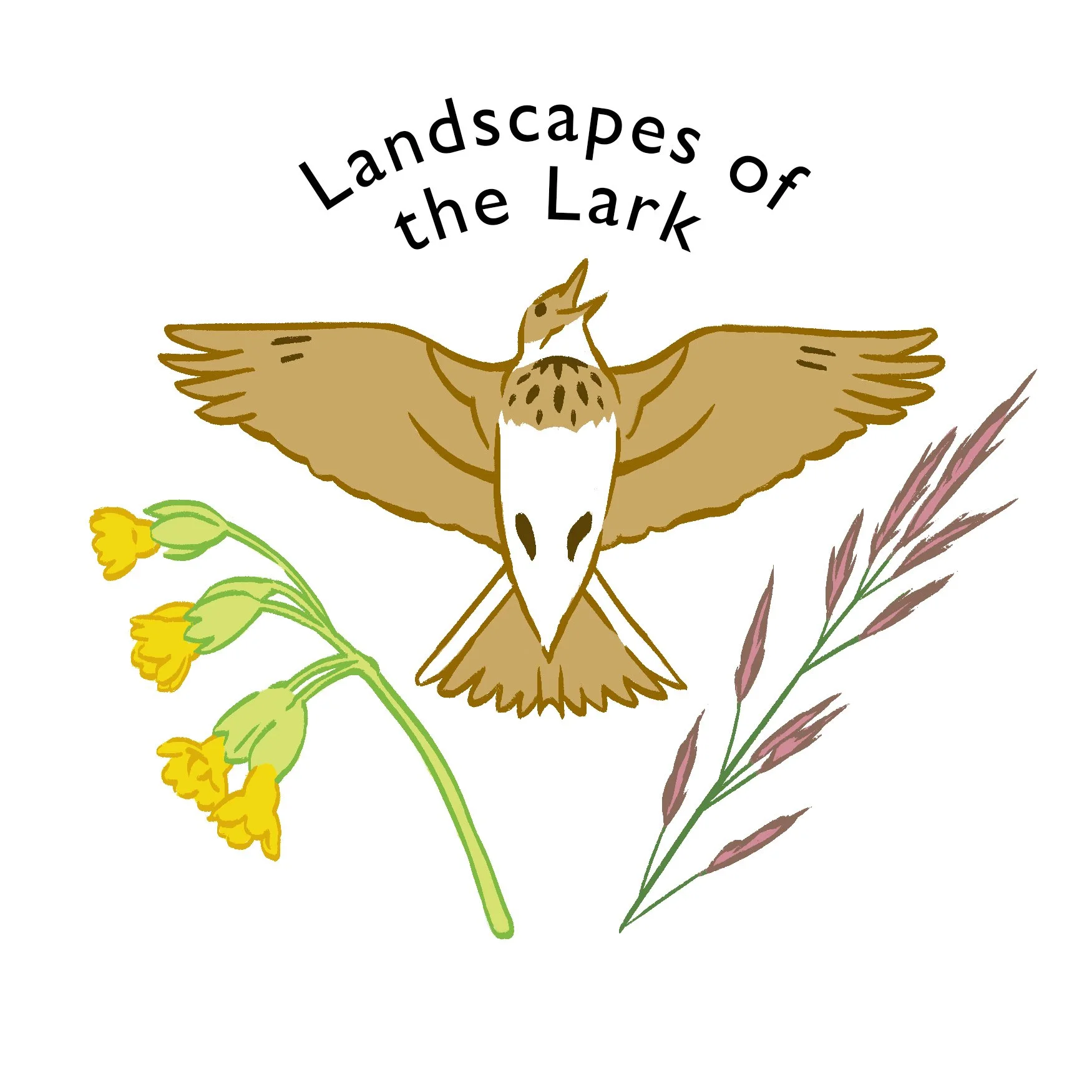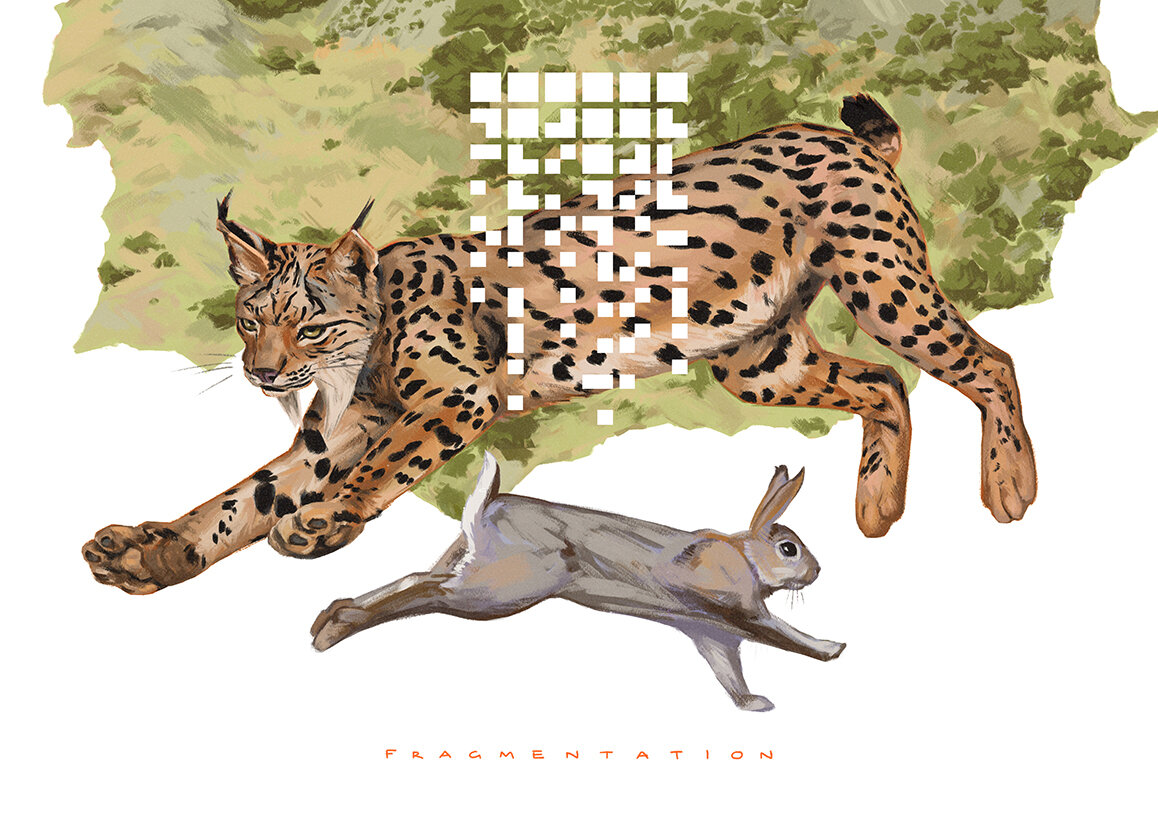


Boatmobility
Boatmobility, who offer accessibility to the water for those who may find it more challenging to be on the water due to personal barriers, are a fantastic charity based near Stroud. With wheelchair accessible boats and extra stable canoes to enable supported paddling, everyone can now get on the water and explore it from a different perspective. These three large format illustrations show more of the wildlife one might see from and on the canal and currently hang on the fencing at the site. This work challenged me to consider the way I would normally illustrate, instead dialling back the detail in order to find graphics that could easily be enlarged and with animals easy to identify.
Wildlife of the canals
The canals of the UK are thriving with wildlife, especially as they border so many other kinds of habitats. I was commissioned here to illustrate some of the wildlife one might find, including the Nuthatch, Jay, Crimson underwing and Purple hairstreak. These creatures feature on an interpretation board on the canal local to me.
Landscapes of the Lark
For a project celebrating the commons around Stroud, encouraging everyone to go out and look for Skylarks, recording and reporting on the data they found.
Nailsworth Donkey Sanctuary
A quick illustration of a couple of donkeys at the sanctuary, for a small piece of art they could use to give to others or raise funds charitably. Lovely people look after the wonderful animals at that place.
Jackdaws of Stratford Park
For a workshop organised by Stroud Valleys Project a little while back at Stratford Park in Stroud, to observe and teach about the incredible clattering of Jackdaws. Every night, hundreds of Jackdaws roost in the park and, especially in winter, can be seen above the park preparing to settle for evening.
Fragmentation
The Iberian Lynx is a highly vulnerable animal, affected by many odds. Fragmented populations in southern Spain and Portugal prevent a diversity in the genetics of the species. Its main prey, the rabbit, was hunted by humans as well as being affected by myxomatosis, leaving few left for the Lynx. The environmental change in its home, where scrub is being altered to plantations and roads built through its territories leads to further indirect and direct deaths. There’s some hope though, as new conservation methods have increased the numbers of the species and increasingly widen its range. It’s not gone until it’s gone.
Peril
Songbirds like this Black-winged Myna are illegally traded every day in markets in South-East Asia. Some species of birds are particularly good singers that can make thousands, tens of thousands of dollars for their owners in some cases if they win singing competitions. Often, the birds are caught in nets and glue traps and ultimately, their removal from their wild habitats is disrupting the ecosystems and leaving forests silent. Recent studies and communication have started to generate real attention to this situation with groups like the Asian Songbird Trade Specialist Group established by IUCN taking strides to protect the birds.











